The world of music education is undergoing a quiet revolution, and at the heart of this transformation lies an unexpected tool: virtual reality. For decades, aspiring violinists have struggled with the instrument's steep learning curve, particularly when it comes to mastering proper posture and technique. Traditional methods often leave beginners to develop bad habits that take years to unlearn. Now, emerging VR violin teaching systems promise to change all that by providing real-time feedback and immersive guidance that reportedly reduces incorrect posture by an astonishing 80% among novice players.
What makes the violin such a challenging instrument to learn properly? The answer lies in its unforgiving nature when it comes to form. Holding the bow at the wrong angle by just a few degrees can produce scratchy, unpleasant tones. The left hand must maintain precise finger placement while the right arm moves in specific patterns. Shoulder rests must be positioned correctly to avoid tension, and the chin must balance the instrument without clamping down. These physical demands create countless opportunities for beginners to develop poor technique that ultimately limits their musical potential.
The VR solution addresses these challenges through a combination of motion tracking, haptic feedback, and visual cues that create an unprecedented learning environment. As students don the headset, they enter a virtual space where their every movement can be monitored and corrected instantly. The system detects when a wrist droops too low or when the bow strays from its ideal path across the strings. Through subtle vibrations and visual indicators, learners receive constant feedback that would normally require an experienced teacher watching their every move.
Perhaps the most groundbreaking aspect of this technology is its ability to make the invisible visible. Traditional students must rely on their teacher's descriptions of proper form or occasionally watch themselves in a mirror. The VR system creates three-dimensional models of ideal posture that learners can examine from any angle. It overlays these models onto the student's own form, highlighting discrepancies in real time. This immediate visual comparison accelerates the learning process in ways that were previously impossible.
The implications for music education are profound. In a conventional setting, students might practice for weeks between lessons, reinforcing bad habits without realizing it. The VR system acts as a constant digital instructor, preventing these errors from becoming ingrained. Early adopters report remarkable progress, with many achieving in months what traditionally took years. The 80% reduction in incorrect posture comes from studies comparing control groups using traditional methods with those utilizing the VR system over six-month periods.
Beyond posture correction, these systems offer additional benefits that enhance the learning experience. They can simulate different acoustic environments, allowing students to hear how their playing would sound in concert halls or small rooms. Some programs include gamified elements that make practice sessions more engaging, rewarding proper technique with visual effects or progress markers. Others feature virtual masterclasses where students can observe and learn from digitized versions of famous violinists.
The technology isn't without its critics. Some traditionalists argue that music education requires human connection and that no machine can replace the nuance of a skilled teacher's guidance. Proponents counter that VR systems aren't meant to eliminate human instruction but to augment it. By handling the repetitive work of form correction, the technology frees up teachers to focus on musical expression and artistry during lesson time. Many programs are designed to work in tandem with conventional lessons rather than replace them entirely.
Looking ahead, developers are working to make these systems more accessible and affordable for home use. Current setups require specialized equipment that represents a significant investment, though still less than the cost of years of private lessons. As the technology matures and becomes more widespread, it could democratize high-quality violin instruction, making proper technique achievable for students regardless of their geographic location or economic background.
The success of VR violin teaching systems may signal a broader shift in how we approach skill acquisition. The principles being pioneered here - real-time feedback, immersive visualization, and personalized correction - could potentially be applied to learning any physical skill. From sports to surgery, the ability to see and correct one's form in three-dimensional space represents a fundamental change in pedagogy. For now, violinists are the beneficiaries of this technological leap, gaining the ability to establish proper foundations faster than ever before.
As these systems continue to evolve, they raise interesting questions about the future of music education. Will we see a generation of violinists who develop cleaner technique earlier in their studies? Could this lead to higher overall playing standards as fewer students struggle with the limitations imposed by poor early training? The answers may become apparent in the coming years as VR-trained musicians progress through their development. What's certain is that the traditional image of a lone student practicing for hours with only a mirror for feedback may soon become a relic of the past.
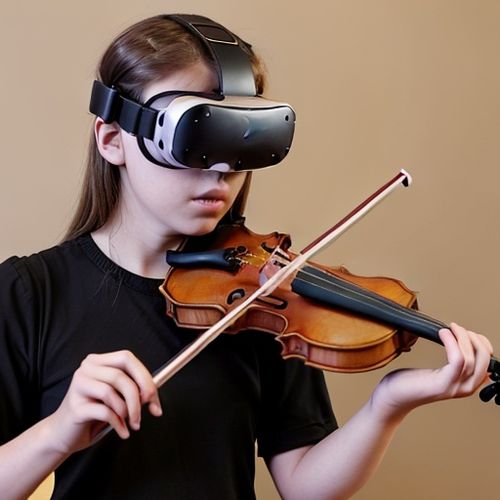
By Olivia Reed/Apr 13, 2025

By William Miller/Apr 13, 2025

By Amanda Phillips/Apr 13, 2025
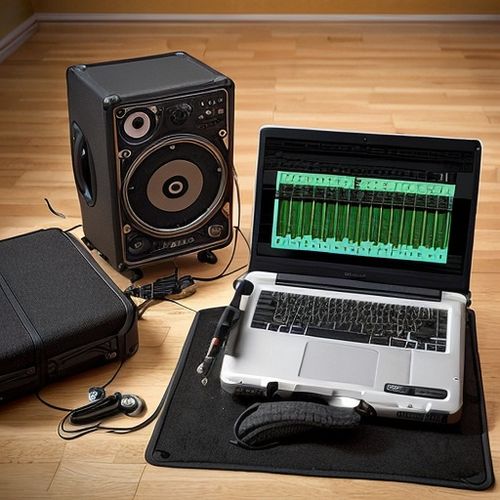
By Megan Clark/Apr 13, 2025

By Joshua Howard/Apr 13, 2025
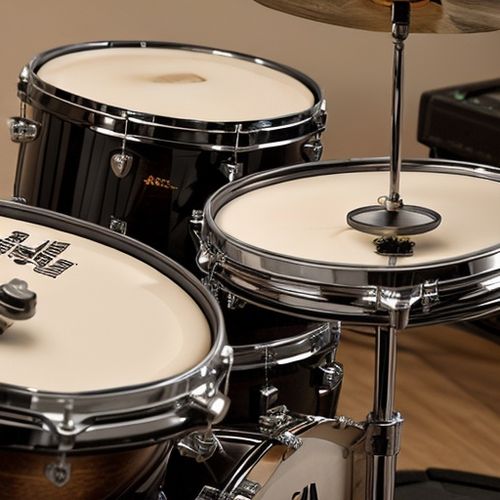
By Samuel Cooper/Apr 13, 2025

By Elizabeth Taylor/Apr 13, 2025
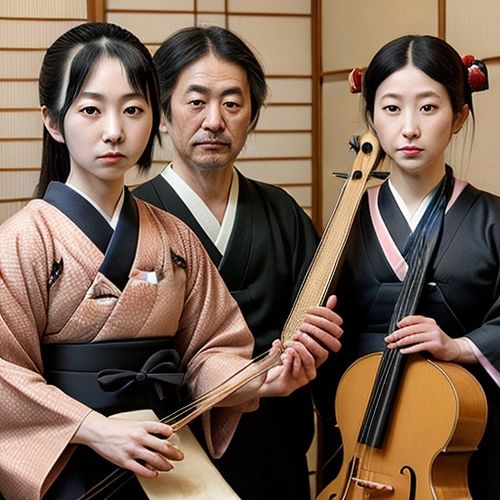
By Eric Ward/Apr 13, 2025

By Emma Thompson/Apr 13, 2025
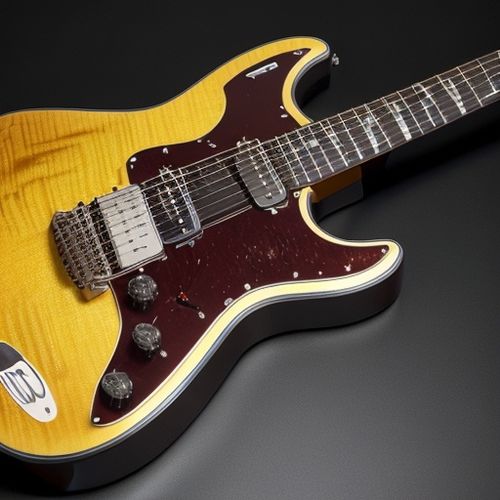
By Noah Bell/Apr 13, 2025
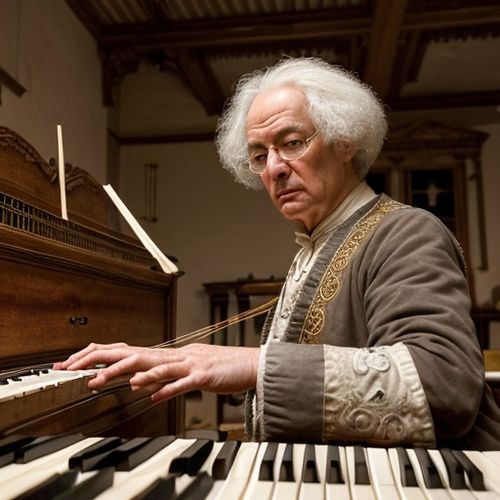
By Sarah Davis/Apr 13, 2025
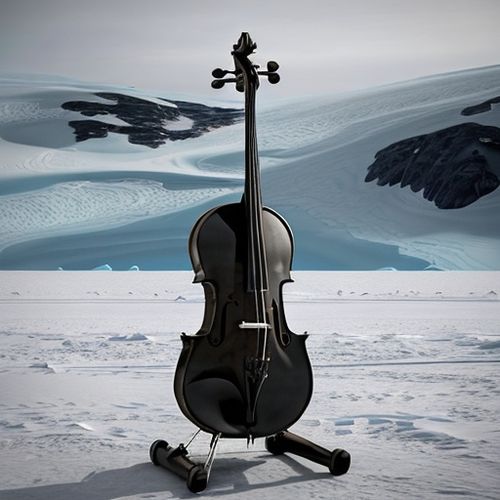
By Eric Ward/Apr 13, 2025

By Daniel Scott/Apr 13, 2025
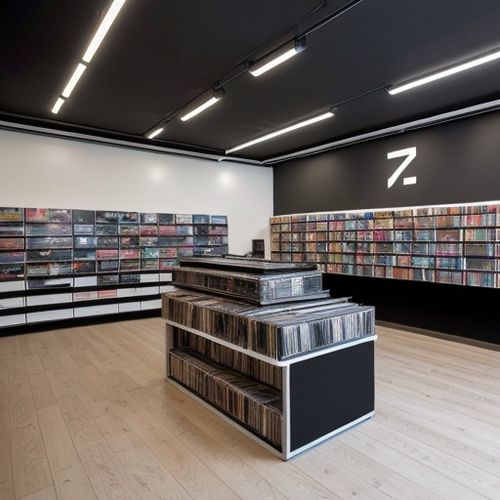
By Benjamin Evans/Apr 13, 2025

By Elizabeth Taylor/Apr 13, 2025
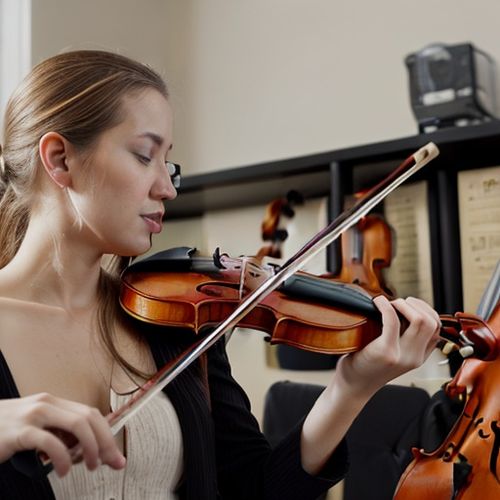
By Grace Cox/Apr 13, 2025
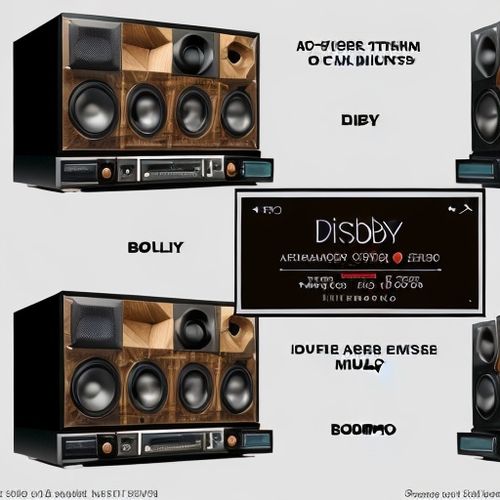
By Megan Clark/Apr 13, 2025

By Benjamin Evans/Apr 13, 2025

By Thomas Roberts/Apr 13, 2025

By Sarah Davis/Apr 13, 2025